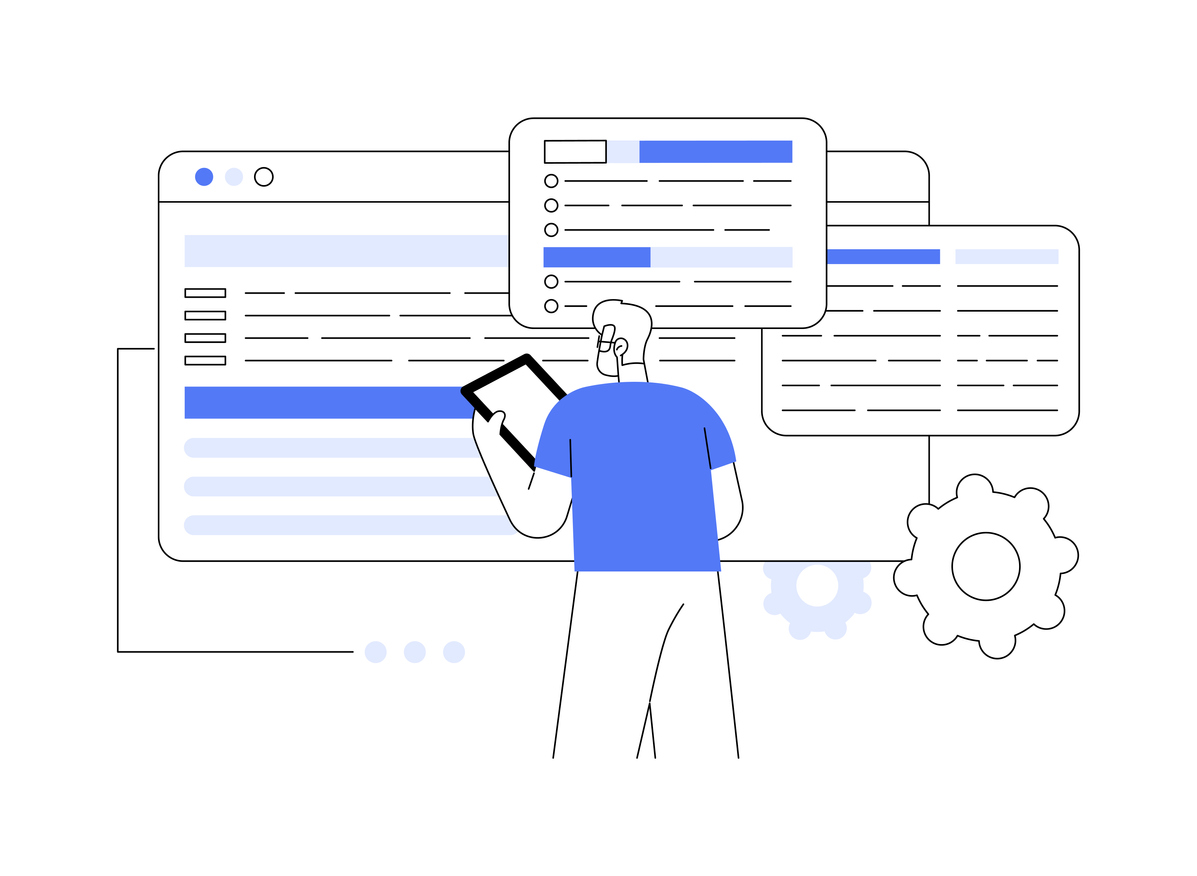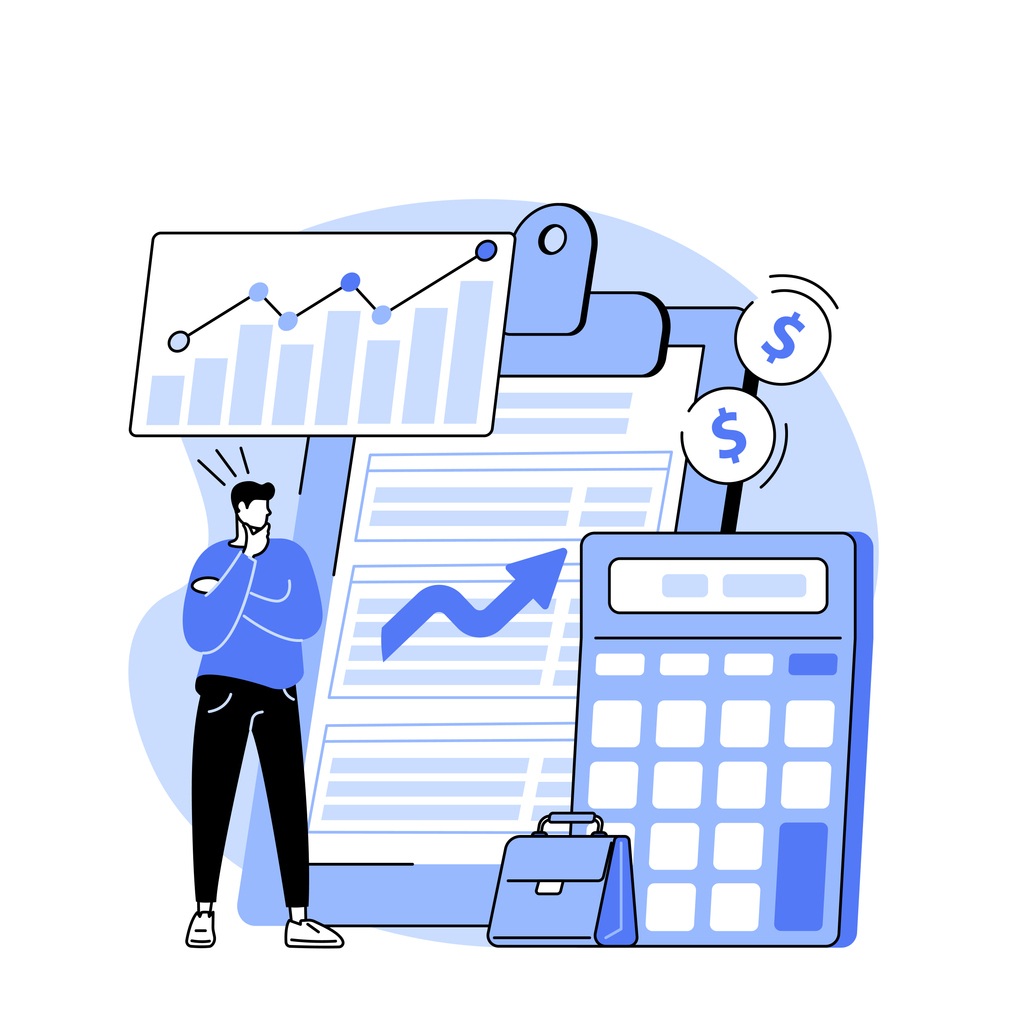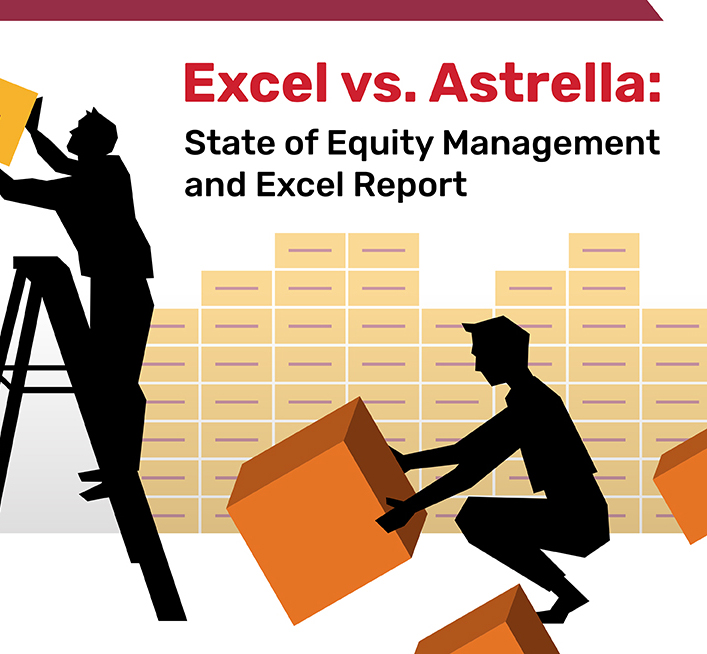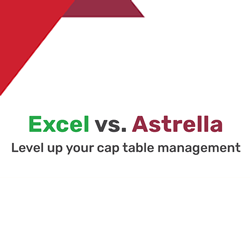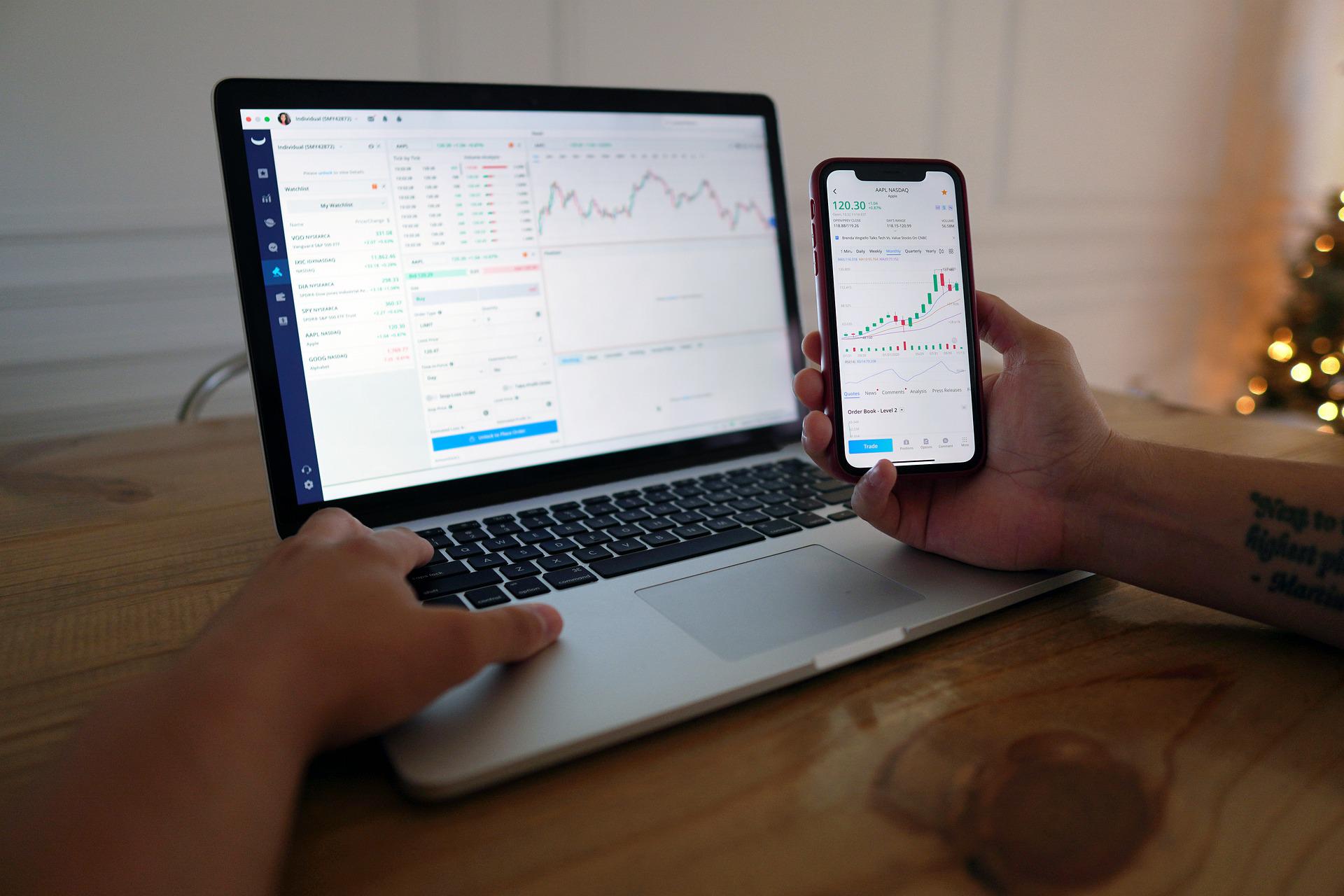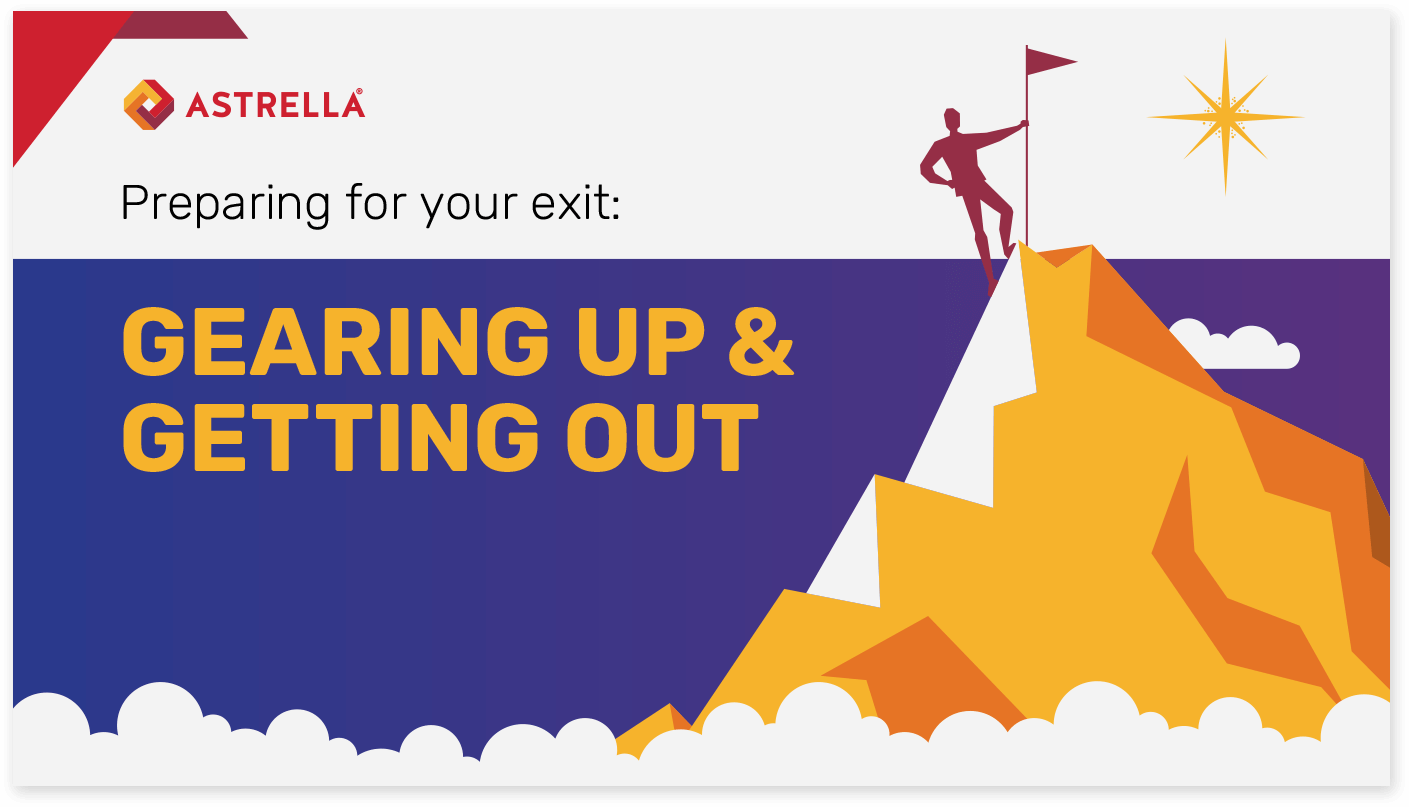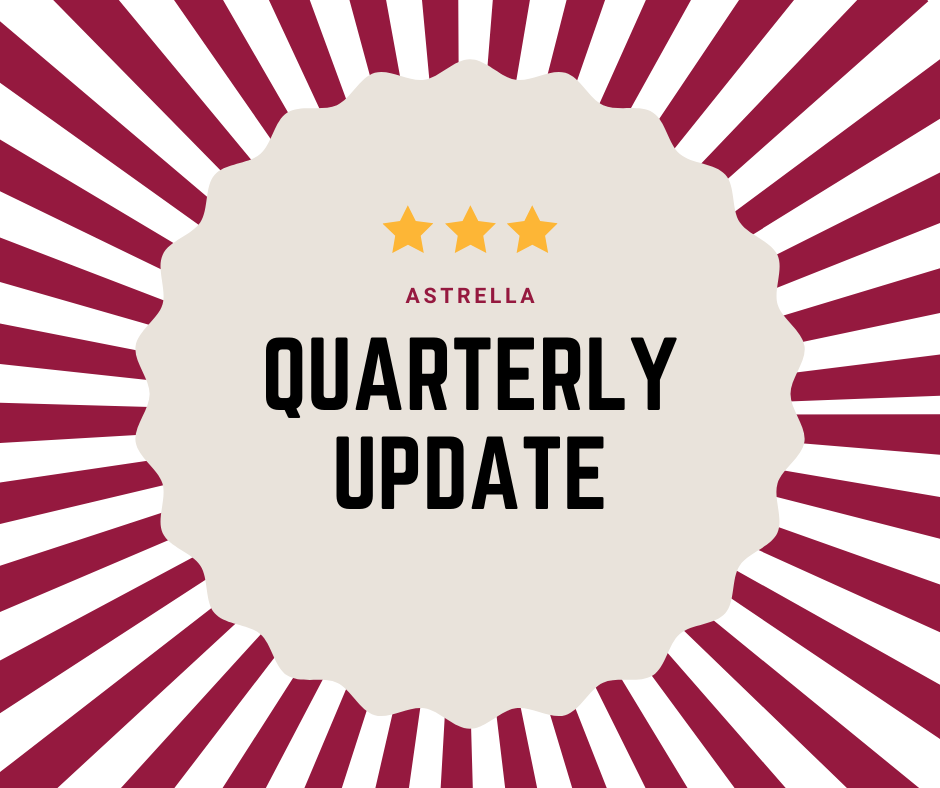Navigating the intricacies of startup funding involves understanding a range of financial tools, and one that stands out for its adaptability and significance is the convertible note.
In its technical sense, a convertible note is a debt instrument that startups use to raise capital. It’s essentially a loan that can be converted into equity (ownership in the company) at a later stage, usually during a future funding round.
To put it more simply, think of a convertible note as a special kind of IOU that investors give to startups. This IOU can turn into a piece of the company (like owning a part of it) down the road when the company gets more funding. This article delves into the workings of convertible notes, their benefits, and how they shape the startup funding landscape.
What is a convertible note?
Convertible notes are an increasingly popular way to invest in a company, especially during early stages of financing. A convertible note is a debt instrument issued by a company to its investors, typically as part of a seed or early-stage financing round. In exchange for their investment, the company agrees to pay back the loan with interest on predetermined milestones or when it goes public.
Convertible notes usually include a conversion feature that allows investors to convert the loan into equity at some point in the future. This flexibility allows investors to turn their initial investment into equity if they believe it will yield more returns than simply collecting interest payments on the loan. The terms of each convertible note vary depending on the type of financing round and each individual company’s financial situation.
The investor’s decision to convert into equity or not depends largely on their assessment of the company’s prospects. If they believe that there is potential for strong growth, then converting into equity may be a wise move as it could result in greater returns than simply collecting interest payments from the loan. On the other hand, if they believe there is no potential for significant growth, collecting interest payments may be more profitable in the long run.
Overall, convertible notes offer an exciting and potentially lucrative way for investors to participate in early-stage financings while still having flexibility around when and how much money is returned from their investments. With this information in hand, you can now decide whether investing in convertible notes is right for you and your financial goals.
Advantages of investing in convertible notes
For startups and investors alike, convertible notes can provide a unique opportunity for raising capital with minimal risk. Companies can secure additional funding without sacrificing equity in their business or making significant changes to their decision-making process. Similarly, investors benefit from lower interest rates than traditional debt instruments and the flexibility of choosing when they would like to receive returns from their investments. Furthermore, by converting loans into equity at a discount, there is potential for investors to make more money if the company experiences a successful exit or IPO. Additionally, companies have freedom over how funds are used, giving them more control over their businesses’ future growth and success. Finally, unlike other forms of financing such as venture capital or angel investments, convertible notes do not require regular progress reports or questions about fund allocation – simplifying the process for both parties involved.
Risks associated with convertible notes
Convertible notes can be a lucrative investment, but they are not without risk. When deciding whether to invest in convertible notes, investors need to understand the potential risks involved and how they could affect their investments.
The primary risk of investing in convertible notes is the lack of liquidity. As an investor, you cannot sell your convertible notes until the company’s IPO or other exit event occurs. This means there is no secondary market for these investments and investors must wait for the company to mature before receiving their returns. Additionally, if the company does not experience a successful exit or IPO event, investors may be left with nothing to show for their investment.
Another risk associated with investing in convertible notes is that the performance of the note is tied directly to the company’s success. If a company fails or experiences financial difficulties, its ability to pay back its debts will be affected, and investors may lose out on their investments altogether. Additionally, there is always a chance of issuer default or fraud when investing in any type of financial instrument – including convertible notes – which can result in significant losses for investors if not adequately monitored and managed.
Finally, some convertible notes may be tied to more complex financial instruments such as warrants or options which can add an extra layer of risk for investors who may not have adequate knowledge about them. It is important for investors to carefully consider all aspects of a given note before making an investment decision to understand what they are getting into and how it could potentially impact their returns over time.
How interest rates affect convertible notes
Interest rates play an important role in determining the cost of taking out a loan for issuers, the price of a convertible note, and its potential returns. The interest rate on a convertible note is typically lower than the market interest rate due to the added flexibility it offers investors. This makes it attractive for those investing in early-stage companies, as they can benefit from lower borrowing costs and potentially higher returns.
The interest rate on a convertible note also affects how much money is returned to investors when the company goes public or is acquired. A lower interest rate generally means that more of the proceeds will go back to investors when their notes convert to equity. On the other hand, a higher interest rate may result in less money going back to investors when their notes convert.
It’s also important to consider how current market conditions can affect the value of investments made with convertible notes. When markets are volatile, investor demand for high-yield debt instruments like convertible notes generally increases as people seek safer investments with higher yields than stocks or bonds. This can cause prices to rise and increase returns for investors who buy into these instruments now.
Ultimately, while investing in convertible notes offers potential benefits such as lower borrowing costs and greater returns compared to other investment options, investors must understand how interest rates may affect their investments before committing any funds. Careful consideration must be considered when assessing whether this form of financing is right for them and their long-term goals.
Comparing convertible notes to other investment options
Investing can be a great way to secure a long-term return on investment with minimal risk. Convertible notes are an increasingly popular option among companies and investors looking to raise capital. In comparison to other forms of financing, convertible notes offer lower interest rates, more liquidity, and greater flexibility in terms of when the investor will receive returns. Additionally, they provide investors with favorable tax treatment compared to equity or debt securities due to their ability to defer taxes upon conversion. However, investors need to understand any complex financial instruments attached before committing funds to understand what additional taxes need to be paid out upon conversion. By learning about the advantages and risks of various investments and the tax implications involved in each, readers can make an informed decision when choosing which option is best for them based on their specific needs and preferences.

Tom Kirby
Tom Kirby serves as the Head of Global Sales at Astrella. With more than 20 years of experience in sales and business development, he is dedicated to fostering strong client relationships and assisting both private and public companies in understanding and effectively communicating their value.
- Tom Kirby#molongui-disabled-link
- Tom Kirby#molongui-disabled-link
- Tom Kirby#molongui-disabled-link
- Tom Kirby#molongui-disabled-link





